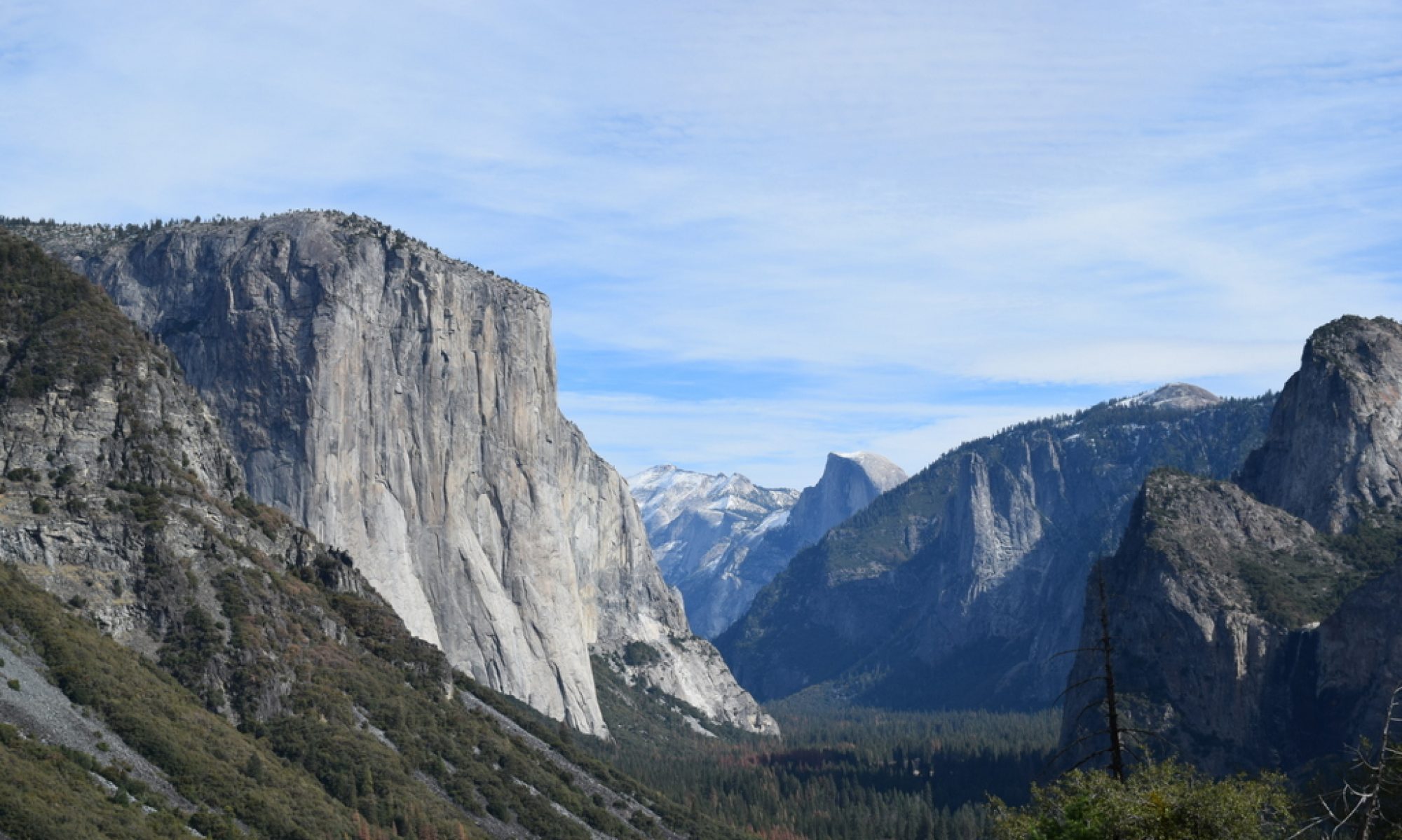Years ago I attended a summer school in Denmark on Density Functional Theory (DFT) and the use of the Atomic Simulation Environment (ASE) and the GPAW code. Kieron Burke (for those of you who don’t have a clue: he’s the “B” in PBE) was one of the invited speakers. He’s a great scientist but also a fantastic entertainer.
Towards the end of the poster session, he announced another lecture taking place immediately. And he said it was mandatory to attend! So everybody went back to the lecture hall and sat down. While stating that you have to “sing along if you want any more beer” he started a presentation with the lyrics of the DFT song (which he had written together with Volker Blum) and everybody sang along to the tunes of “Let it be” by The Beatles.
I pulled out my smartphone and took pictures of the slides. So here are the lyrics… get a karaoke version of the song and sing along!
Feel free to add new verses in the comments!
The DFT Song
Written by Volker Blum and Kieron Burke
To the tune of “Let It Be” (with apologies to John and Paul)
When I find my model’s unpredictive,
Walter Kohn just comes to me,
speaking words of wisdom,
DFTee.
And in my hour of code-debugging,
he stands right in front of meee,
saying “you just gotta learn
your chemistree”.
LSD, PBE,
B3LYP, hee-hee-hee.
Which approximation should I use,
in my DFT?
And when I find my state’s degenerate,
I turn next to Mel Levy
Constrained searches work the best
for formality.
In LDA I have some faith,
if my system’s running free
But LDA can never give
A dis-Cont-inuit-eee.
DFT, convexity,
Not Thomas-Fermi, nor Hartree-ee
Exact conditions tell the truth,
no fitting need there be.
And in my hour of darkness,
with van-der-Waals in front of meee,
my graphene comes out bad,
with stupid PBEee.
But now there’s Langreth-Lundqvist,
doing even ATPee,
let’s all go to medical conferences,
running DFTee.
DFT, DFT,
DFT, DFTee.
I can always find a functional,
to make it all agree.
But when my band gap’s tiny,
far to small to see,
I don’t like your answer,
DFTee.
For though it may be parted
with hybrid E-X-Cee,
Can I trust my answer,
in realitee?
DFT, DFT,
DFT, DFTee.
I thought you were first principles,
DFTee.
And when the broken-hearted gap,
opens up to full degree,
How’ll I get the answer,
tell me DFTee?
For though the band gap may be parted,
there’s a chance that you will see:
GW is the answer,
thank you Rex Godbee!
Many bod-eee, not DFT,
Many bod-eee, no densitee,
this must be the answer,
on which we’ll all agree!
And when I’ve found the structure,
there’s still a light that shines on me,
So Walter wont let me use,
ground-state DFTee.
To find the optical spectrum,
while staying p’rameter-free,
We must ask a little Gross,
the one called Hardeee.
DFT, 123,
now TD-, DFT
Let’s get excitations,
with more skulduggeree.
DFT, DFT,
DFT, DFTee.
It’s the weirdest physics,
but makes great chemistreee!
















































































